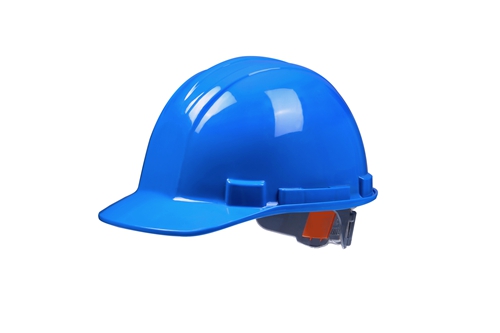safety helmet hat
The Importance of Safety Helmets Protecting Lives through Innovation
In various work environments, particularly in construction, manufacturing, and other industries with inherent risks, the safety helmet is an essential piece of personal protective equipment (PPE). Often overlooked, the humble safety helmet plays a critical role in safeguarding workers from head injuries that can result from falling objects, collisions, or falls. As safety regulations become more stringent across the globe, understanding the significance of safety helmets, their design, and their maintenance is crucial for both employers and employees.
Functionality and Design
Safety helmets, sometimes referred to as hard hats, are engineered to provide physical protection while ensuring comfort and usability. Most helmets are made from high-density polyethylene (HDPE) or other durable materials, designed to absorb and dissipate the energy from impacts. Helmets are typically equipped with a suspension system that helps to secure the helmet snugly to the head, providing an added layer of protection and comfort.
Different types of safety helmets are available to meet specific needs. For example, some helmets have additional features such as chin straps, visors, or face shields, which offer enhanced protection against specific hazards. The choice of color can also be significant; certain colors are used to indicate a worker's role or level of authority on a site, promoting organizational safety.
Regulatory Standards and Compliance
Safety helmets are subject to rigorous testing and certification standards, which vary by region. For instance, in the United States, the American National Standards Institute (ANSI) and the Occupational Safety and Health Administration (OSHA) set forth guidelines ensuring helmets meet specific criteria. Similar regulatory bodies exist globally, such as the European Committee for Standardization (CEN) in Europe.
Employers are legally obligated to provide employees with adequate PPE, including safety helmets, and to ensure that they are used correctly. Regular training and briefings about the risks of head injuries can improve compliance and promote a culture of safety within an organization.
safety helmet hat

Maintenance and Lifespan
To maximize the protective capabilities of safety helmets, proper maintenance is essential. Helmets should be inspected regularly for signs of wear and tear, including cracks, dents, and fading, which can signal that the helmet has been compromised. Additionally, helmets should be replaced regularly, typically every 2-5 years, depending on manufacturing guidelines and the intensity of use. Participation in training programs that emphasize the importance of helmet care can empower workers to take responsibility for their safety gear.
Cultural Shifts and Innovations
As safety awareness continues to evolve, there is a growing emphasis on the cultural significance of wearing safety helmets. Companies are increasingly promoting a safety-first mindset, encouraging workers to adopt safe practices voluntarily. High-profile campaigns and the use of technology, such as augmented reality (AR) training modules, are enhancing understanding and compliance regarding head protection.
Innovation in helmet technology is also on the rise. Advancements such as lightweight materials, improved ventilation designs, and integrated communication systems are transforming the traditional hard hat into a more versatile and functional piece of equipment, catering to the unique demands of various industries.
Conclusion
In conclusion, safety helmets are more than just a standard piece of equipment; they are essential guardians of worker safety in hazardous environments. Understanding their importance, adhering to safety regulations, and properly maintaining helmets can significantly reduce the risk of head injuries. As industries continue to innovate and reinforce safety protocols, the humble hard hat will remain a symbol of commitment to protecting lives and well-being in the workplace. In the ever-evolving landscape of occupational health and safety, the significance of safety helmets cannot be overstated.
-
Top HDPE Safety Helmets - Lightweight, Durable Head Protection
NewsAug.01,2025
-
Top AI Safety Clothing with GPT-4 Turbo | Smart Protection
NewsJul.31,2025
-
Face Shield Safety Helmet with GPT-4 Turbo AI Safety
NewsJul.31,2025
-
CE Working Clothing for Construction & Welding Safety
NewsJul.30,2025
-
Premium Safety Helmet with Visor for Construction & Industrial Use
NewsJul.29,2025
-
High-Quality CE Working Clothing for Safety and Construction
NewsJul.29,2025
